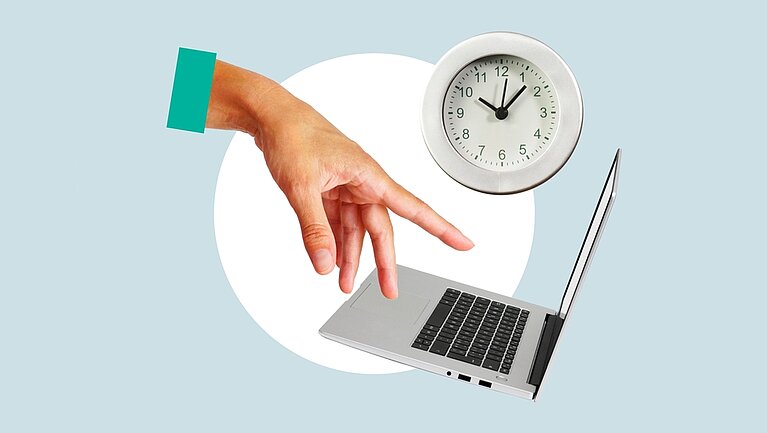Experts estimate that a working person makes about 100 decisions per day on average and needs about one hour to do so - calculated over the year, this means that almost six full working weeks are spent on decision-making alone.
Large and important decisions - as long as you have the appropriate lead time - usually take more time than less important ones. However, it can also happen that you endlessly debate subordinate issues with yourself or your team.
Internal brakes are almost always responsible for procrastination and brooding. These are often related to beliefs and inner convictions and vary from person to person.
If you want to make better decisions faster, you need to become aware of your personal obstacles. Take a piece of paper and write down your personal decision-making obstacles. Since no one but yourself will see this note, you can be thorough and honest. You can only win.
The most common decision-making obstacles are:
- No clear priorities
- Fear of making wrong decisions
- Fear of the judgement of others
- Perfectionism
- The fear of not being able to reverse a decision
- Change of perspective: How to overcome your decision-making obstacles
If you often struggle with decisions, you sometimes despair of your insecurities. But have you ever noticed that it is precisely these people who often give good advice when asked by others? When asked if they should change something in their life because this or that no longer suits them, they often say clearly: "Life is too short to .... !". Suddenly everything seems crystal clear.
Evan Polman, professor at the Wisconsin School of Business, examined this phenomenon in a study with 1000 participants. In various experiments, the test persons were asked to decide once for themselves and once for a stranger.
The interesting result: when making decisions for themselves, many volunteers used a rather cautious, reserved way of thinking and concentrated their gaze primarily on what could go wrong. However, if the same persons had to decide for someone else, they were more optimistic, more willing to take risks and had the whole picture in mind rather than possible negative details. They even came up with significantly more new ideas and options for the respective scenario.
Based on the results of his study, Polman advises that people should strive to build up a healthy distance to the feared problems when making decisions - to become their own mentor, so to speak. His conclusion: Those who are blocked should look at themselves and their problem from the outside more often, in order to take on a completely new perspective. In case of doubt, the knot in the head will then be loosened.












